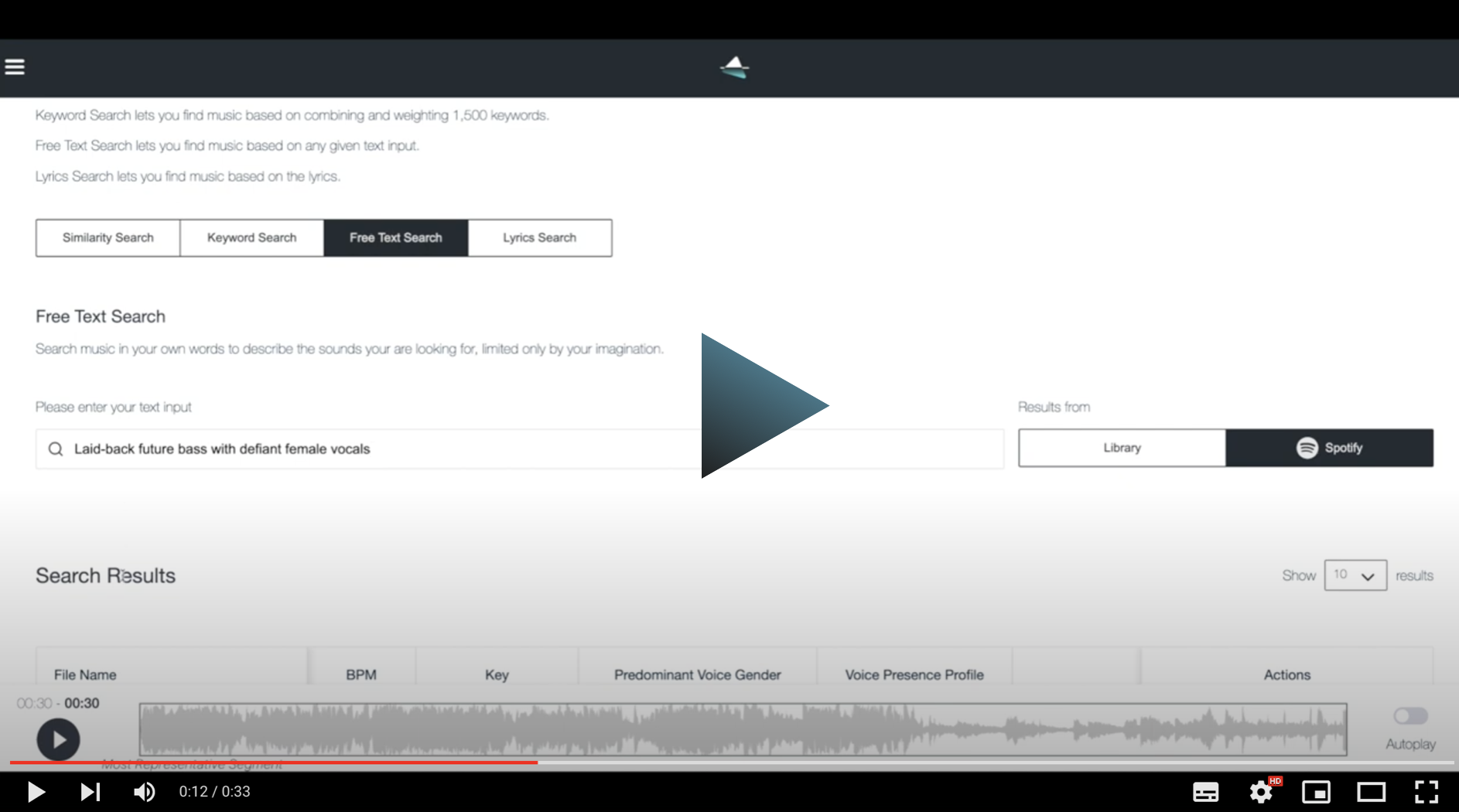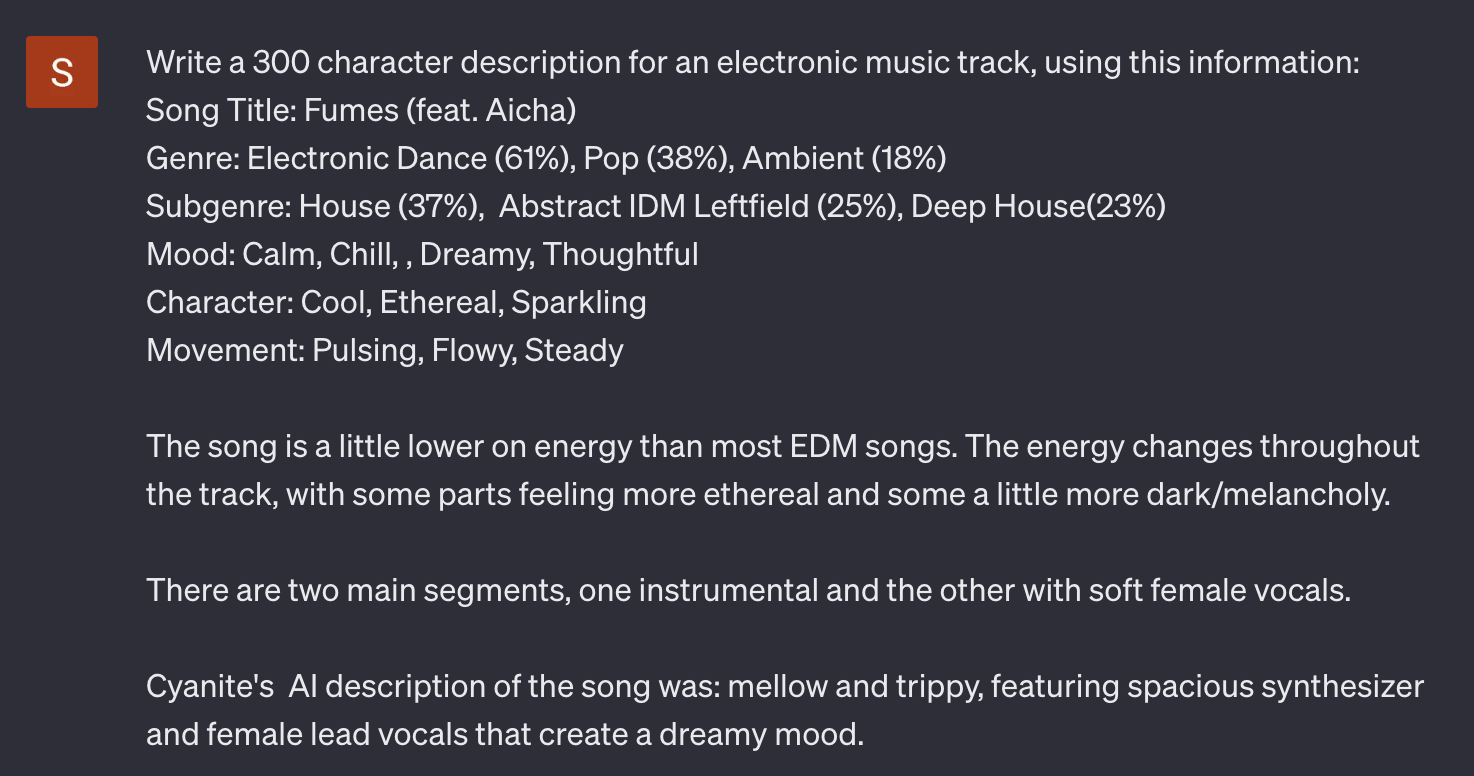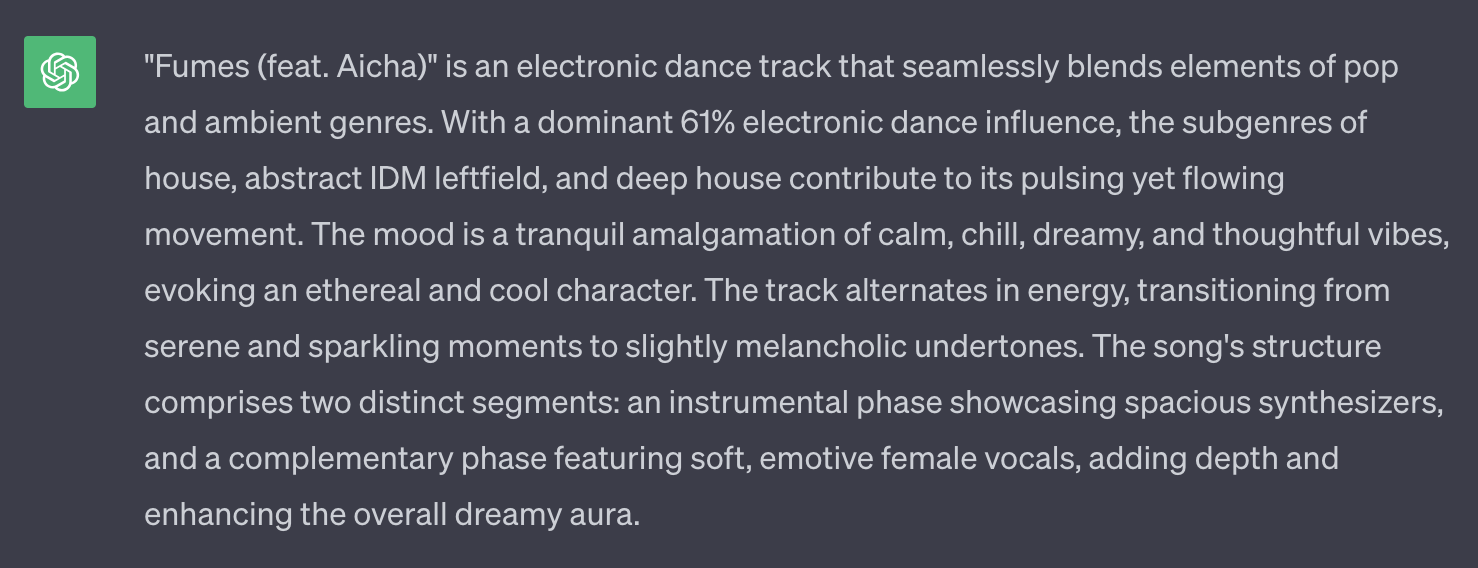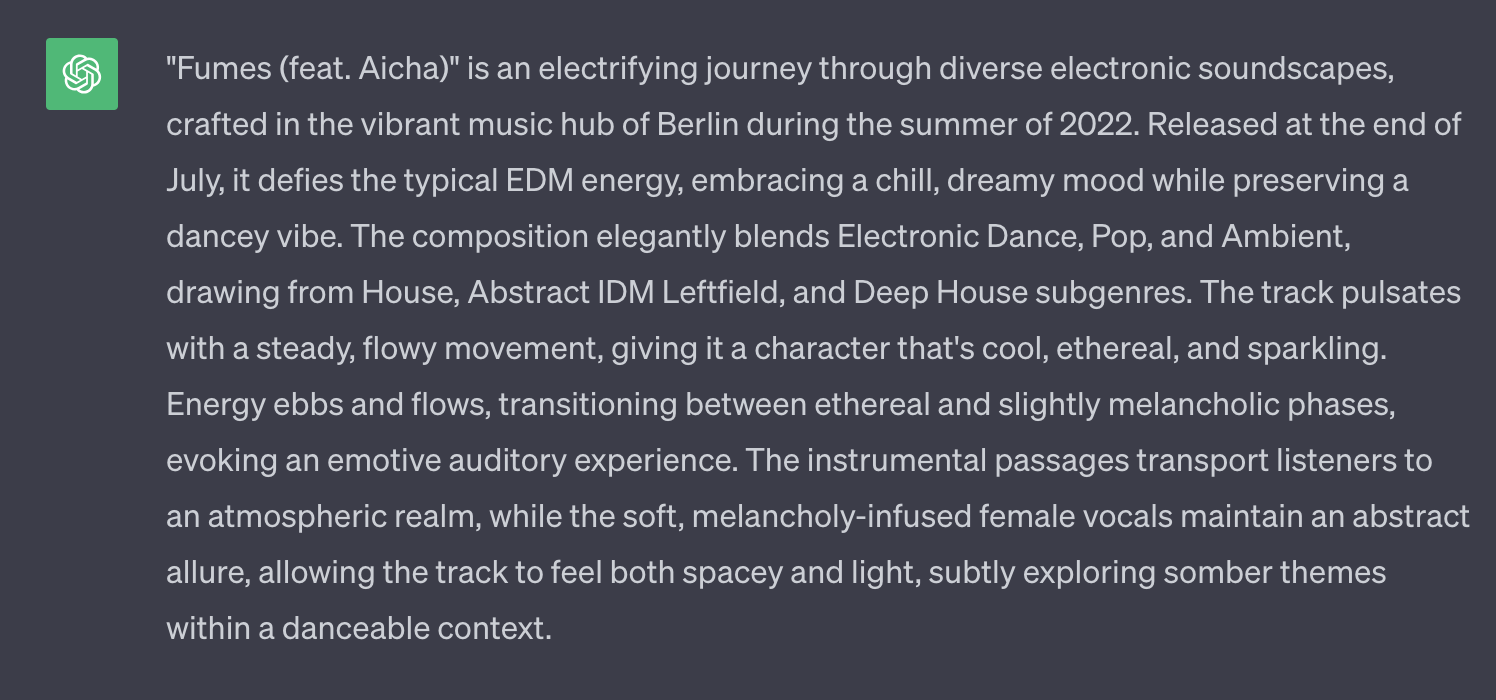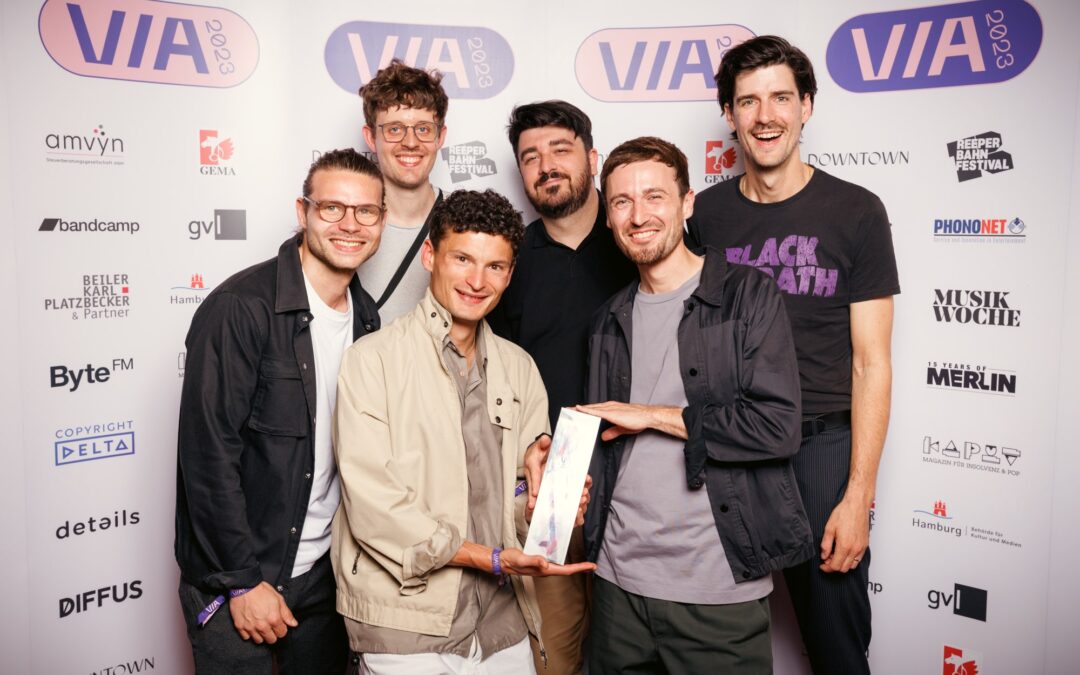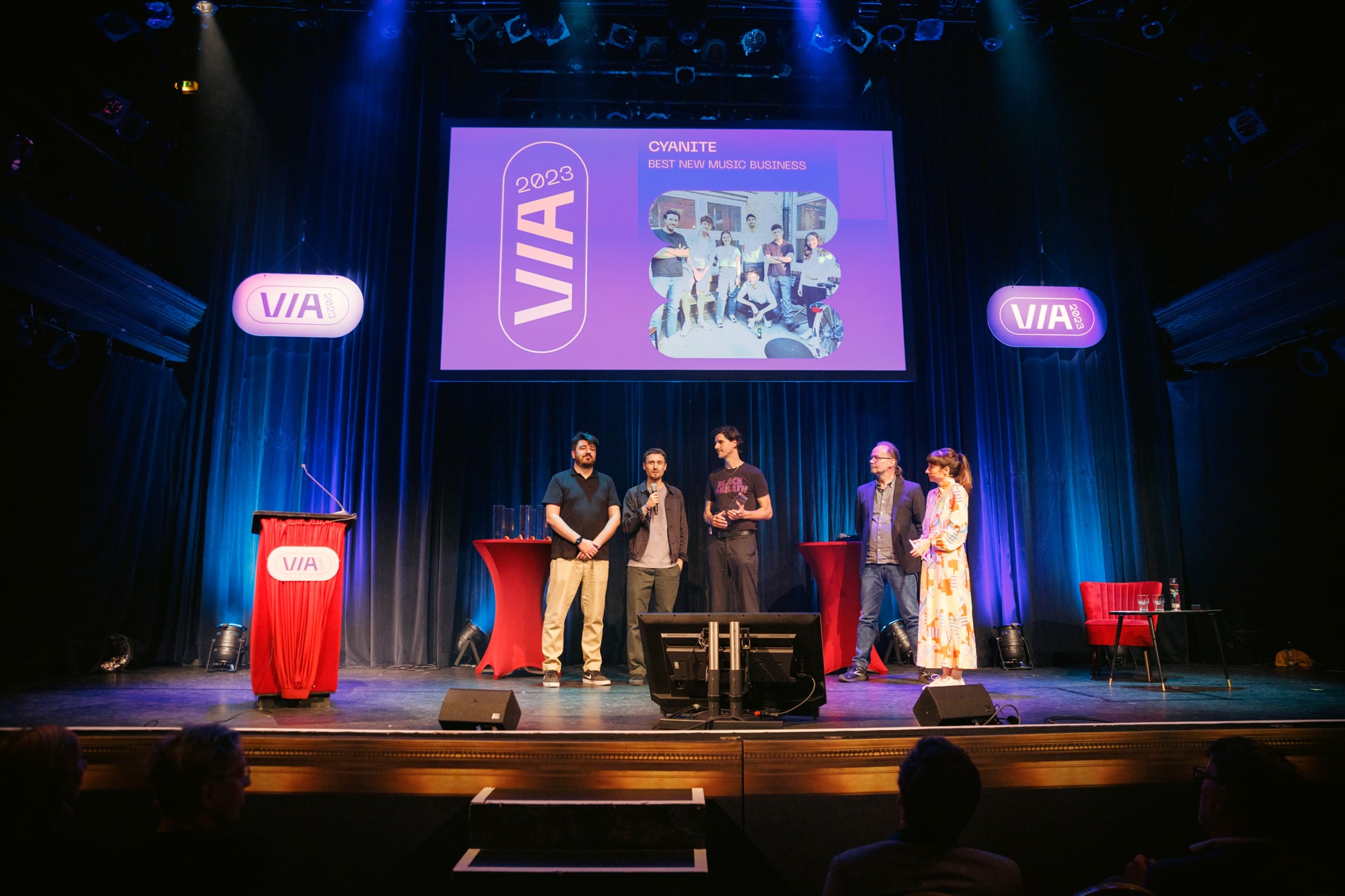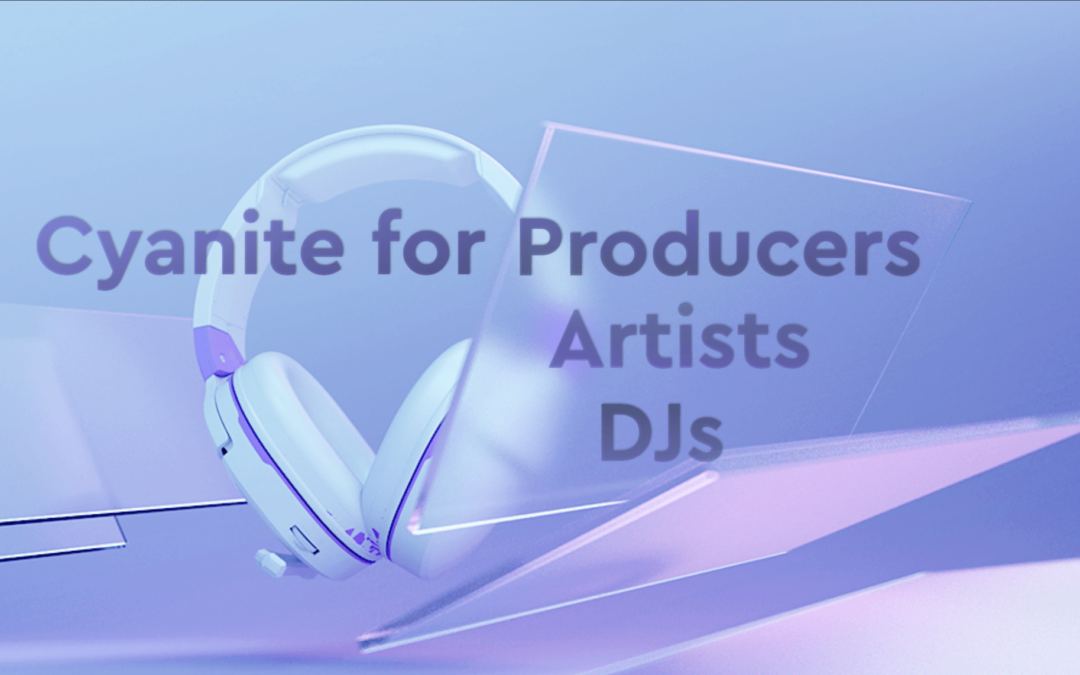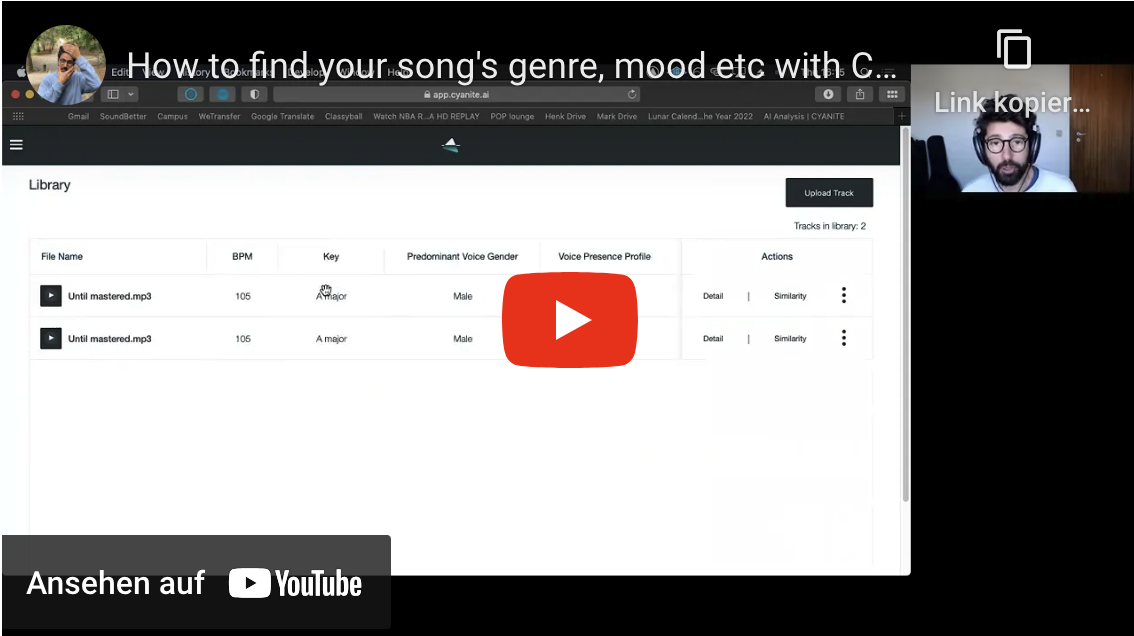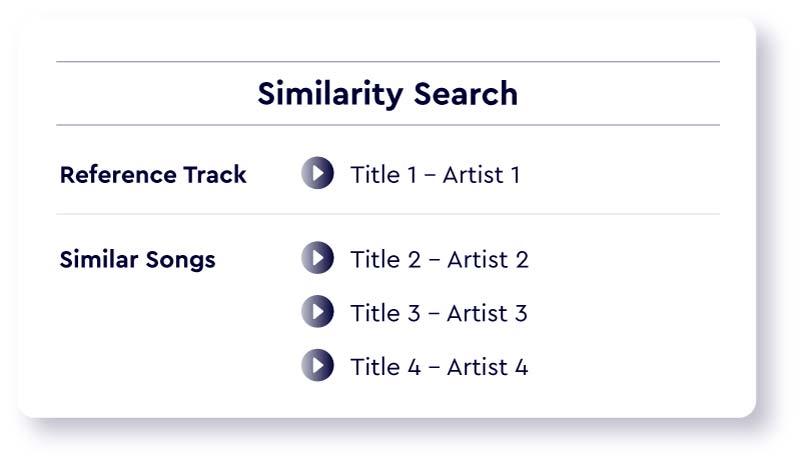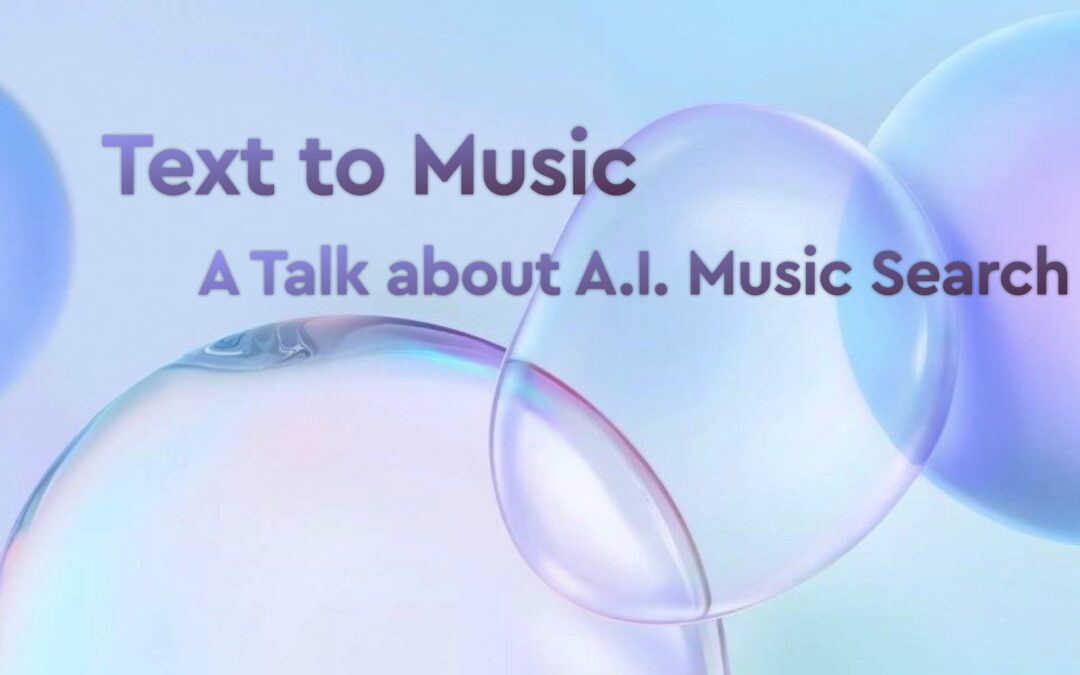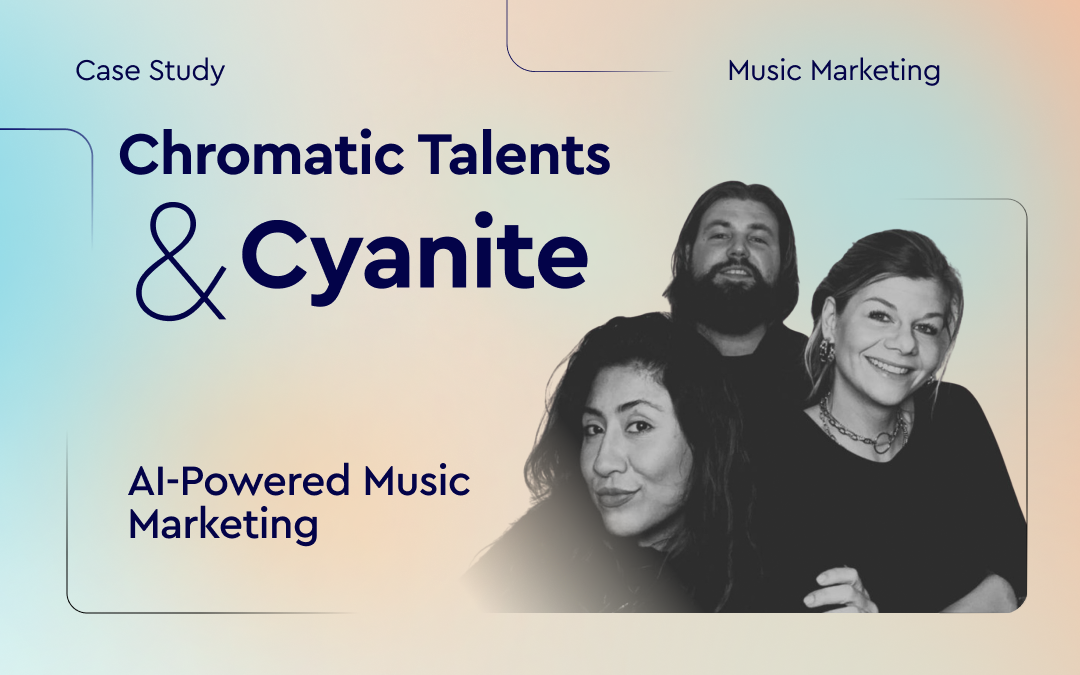
AI-Powered Music Marketing feat. Chromatic Talents
Chromatic Talents acts like a music brand consultancy providing a comprehensive range of services in artist management, development, digital branding, and business development. Find out how they use AI-Powered Music Marketing powered by Cyanite.
The goal of the Germany-based consultancy is to empower artists and brands to achieve their vision, serving a diverse clientele in the music industry, including newcomers, established artists, labels, and more.
A recent success story was a collaboration with UK label C2 to market Matt Sassari’s “Give It To Me”. The song has been streamed over 300 million times. You can find out more about Chromatic Talents here: https://chromatictalents.com/

Chromatic Talents’ Team
We sat together with Julia and Simon from Chromatic Talents who have been using Cyanite since the beginning of 2023 and wanted to find out more about how exactly they use Cyanite to support their daily work with AI-Powered Music Marketing.
The key areas are:
- Automatic categorization of demos
- Pre-selecting songs for songwriter and sync-briefs
- Using Cyanite for TikTok pitches
- Data-driven decision-making in product management
Read the full interview below.
Cyanite: What made you initially reach out to us and how do you use Cyanite today?
Julia: We realized the importance of streamlining our demo categorization in our publishing service, particularly for international song pitches. The extensive music catalog we had, posed a challenge in terms of manual tagging and search efforts. We came across Cyanite’s analysis and automated tagging solution after the partnership announcement with BMG and it proved to be a game-changer in efficiently pinpointing the right songs.
Simon: In addition to improving our publishing service, we use Cyanite’s AI for our product management, specifically for Spotify pitches. We conduct in-depth song analysis and employ Cyanite’s Track-mood analysis to curate mood-based playlists. This thorough methodology has resulted in increased playlist placements, benefiting both our publishing and product management services.
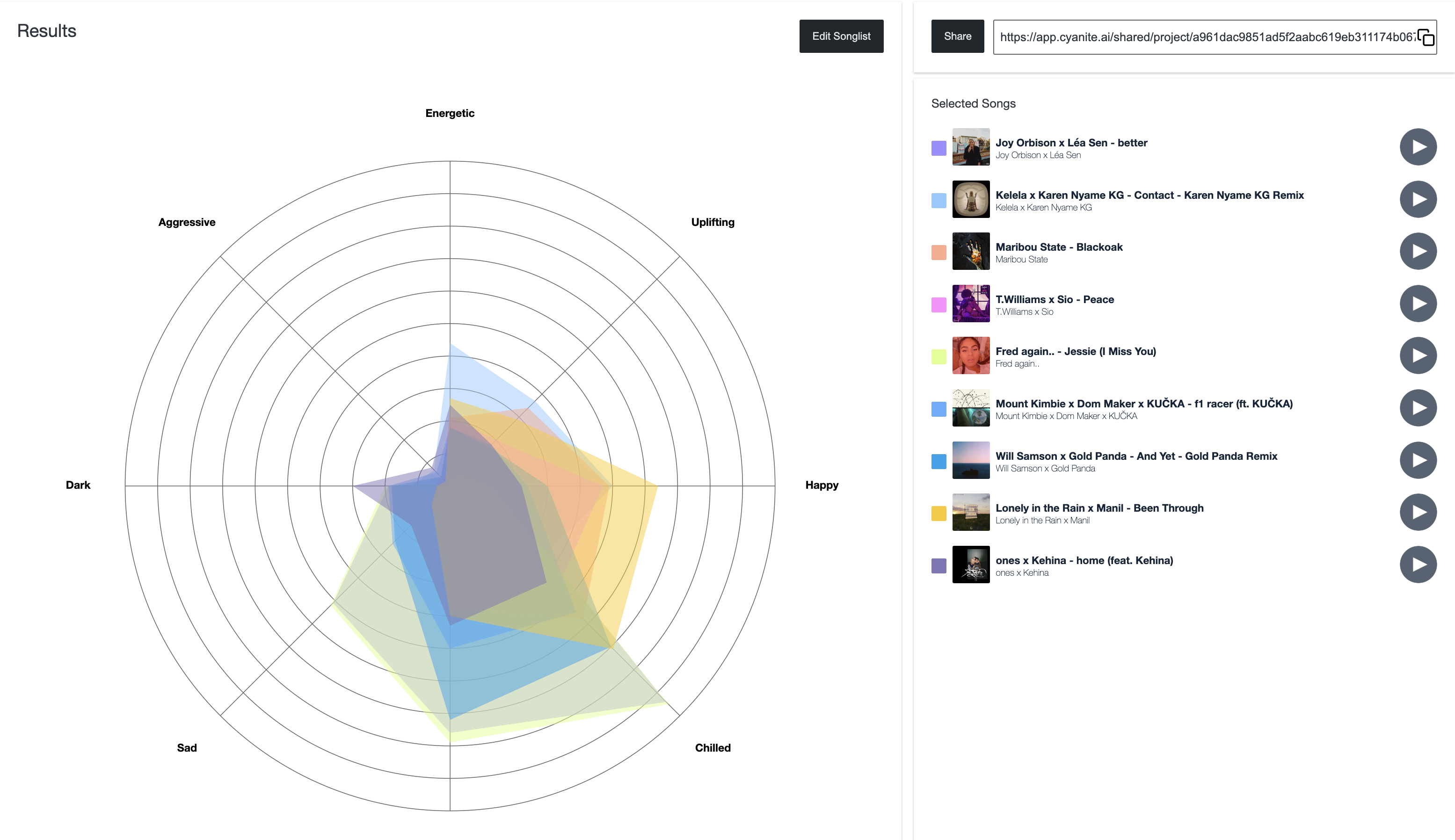
An example of mood track analyses from the “4am” playlist on Spotify.
Similarity Search: Keeping up with pitching and sync
Julia: For specialized briefs like Tiesto’s, it’s essential to precisely align with the artist’s unique style for an impactful collaboration. Timely responses to briefs increase the chances of songs being heard. Speed and precision in pitching are important, especially when the brief includes specific requirements, like “uplifting,” “euphoric melodies,” or “female.” We often use Cyanite’s Similarity-Search function for a quick pre-selection of songs for answering a brief. This method not only enhances our time management but also ensures cost-effectiveness for our clients.
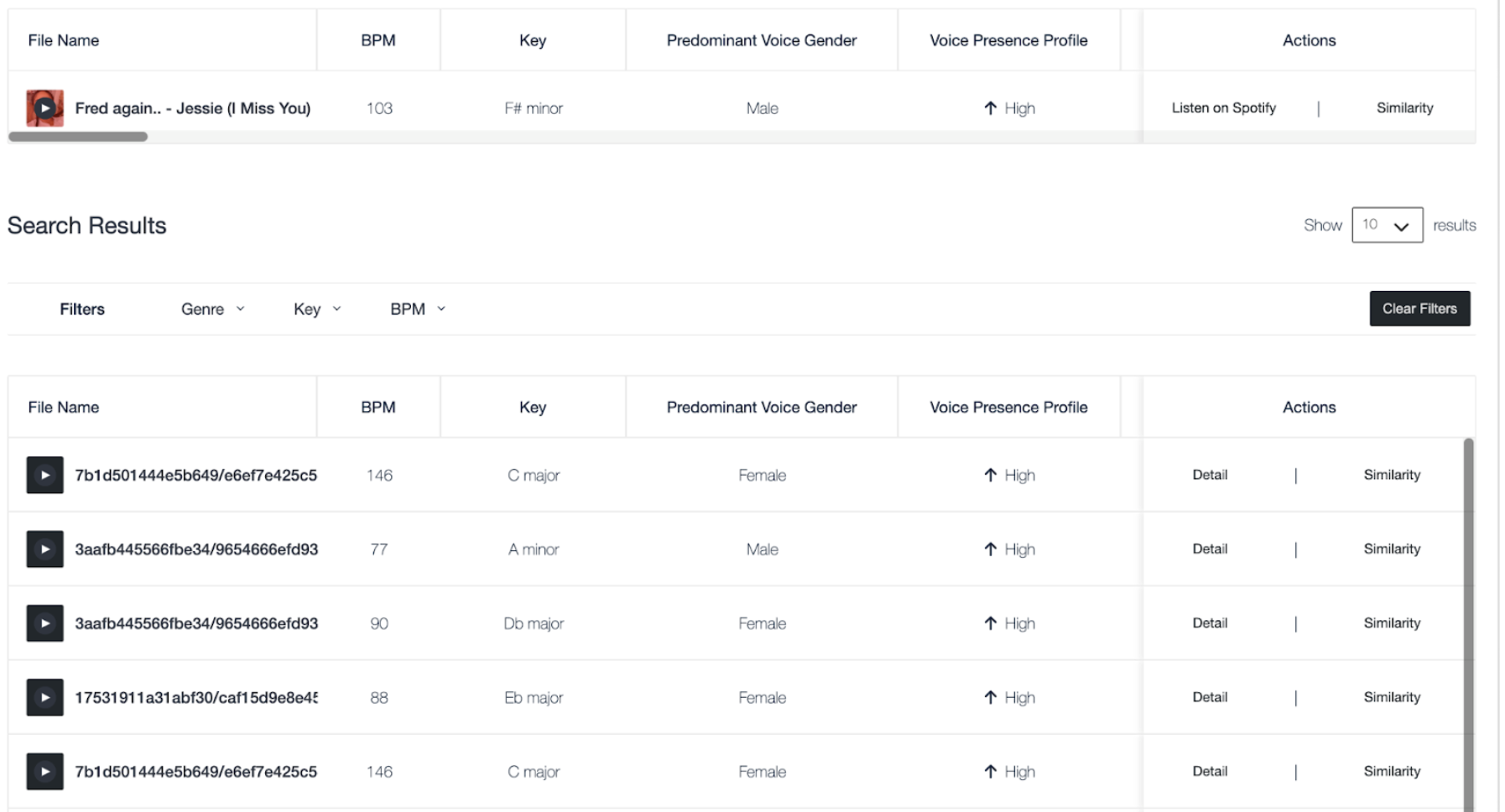
A similarity search example with a Spotify reference showing similar library results.
Finding TikTok snippets with Cyanite
Simon: One area where Cyanite has made our lives easier is product management, especially when creating snippets for TikTok and social media platforms. We frequently discuss this aspect in our distribution talks to request social media-related content, and it has proven highly effective in helping us choose the right snippets. This approach has enhanced the quality of our materials for distribution and song pitches, resulting in increased success rates. While the 30-second suggestions are usually accepted as is, it ultimately depends on the artist, management, label, or distributor if they want to propose different parts for their campaigns or content ideas.

A screenshot highlighting the 30 seconds Most Representative Segment
Augmented Keywords – A Shortcut To Writing Song Bios
Julia: We actually also use the augmented keywords in combination with other AIs to help us write pitches. In this use case, one AI system generates keywords to describe songs, while another AI takes these keywords and assists in crafting engaging artist bios. This collaborative process simplifies product management and is particularly beneficial for the team. It’s a smart approach that streamlines tasks and enhances the quality of their work in the music industry. Tip: For a more detailed guide on this you can also check out How to Write a Song Bio for DSPs with Cyanite+ChatGPT
Cyanite: How long did it take to properly start working with Cyanite?
Julia: It was really easy, and we adopted Cyanite early in our workflow. Simon’s choice to integrate Cyanite into our pitching process was a significant step. We set up a straightforward process that starts with uploading songs and automatically tagging them before moving the data over to Songspace. Right now, uploading the songs takes up most of our time. Once we get them cataloged, we put together pitching playlists and send them out to our partners.
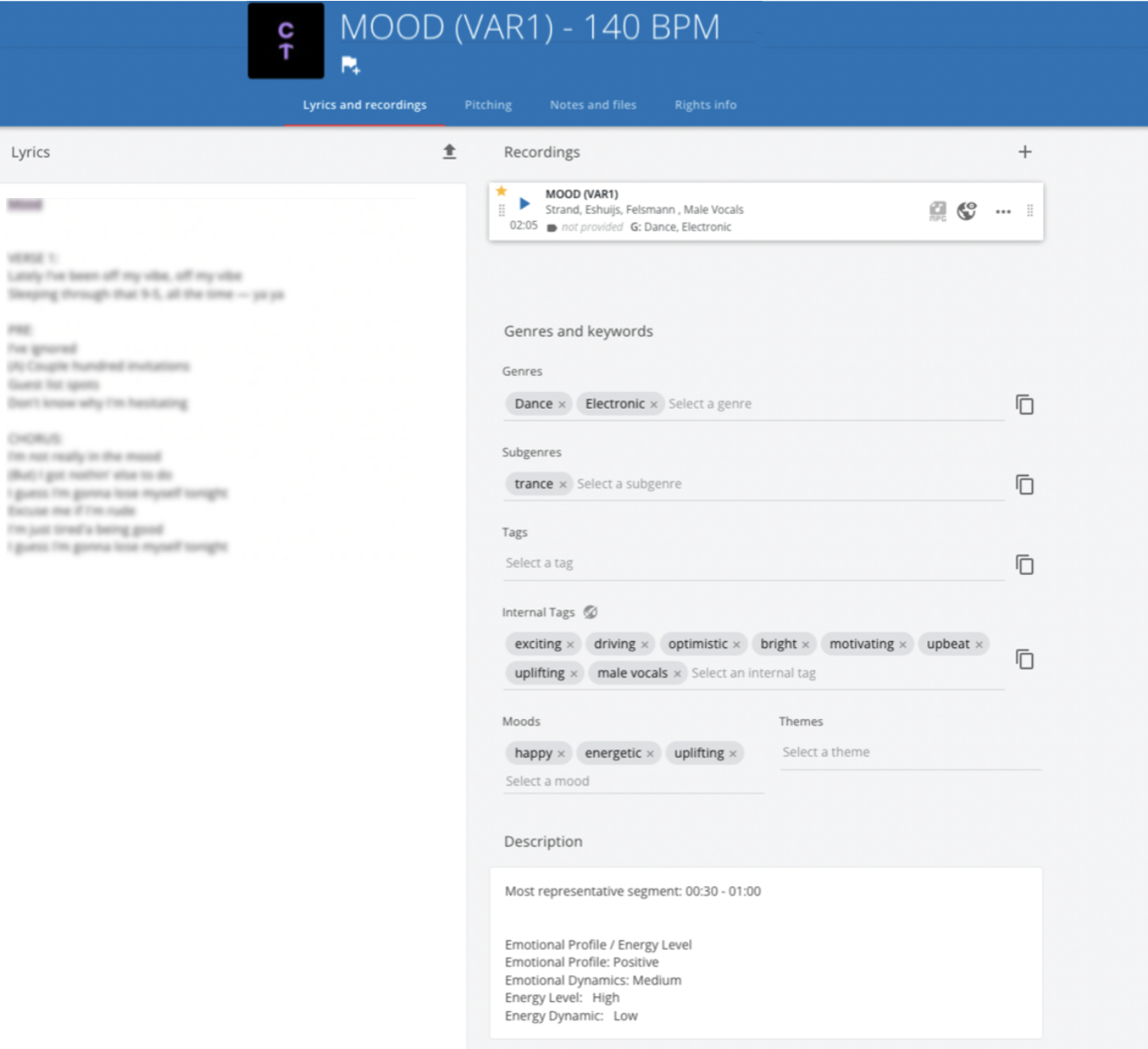
Songspace interface including Cyanite tags.
Case Study Wrap-Up
Chromatic Talents is at the forefront of reshaping the music industry through innovation and technology. In collaboration with us, they have achieved remarkable results.
AI-powered Music Marketing and Pitching: Utilizing Cyanite’s Track-mood analysis for Spotify playlist pitching and placements, along with using the “most representative segment” for TikTok clips.
Precision in Pitching and Sync-Briefs: Cyanite’s Similarity Search ensures swift pre-filtering of Chromatic Talents’ catalog and enables faster responses to artists & A&R briefs, saving time and costs for clients.
Streamlined Pitching with Augmented Keywords: Augmented keywords, in collaboration with other AI systems, accelerate the writing of song bios, simplifying product management.
Chromatic Talents’ seamless integration of Cyanite into their workflow demonstrates the transformative impact of technology on the music industry. By blending creative expertise with cutting-edge AI, they continue to define the future of music.
Interested in trying out Cyanite for your company? Get in touch with us here, or click the sign-up button below.


